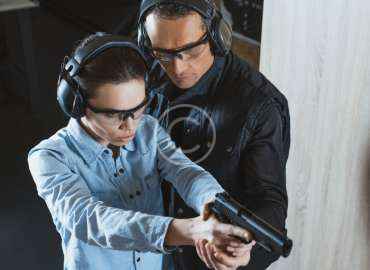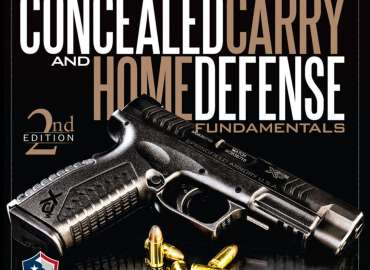CRIMES HAPPEN ALL THE TIME, CRIMINALS HAVE THE ADVANTAGE – THEY USE THE AREA WELL KNOWN TO THEM ALONG WITH LOW LIGHT TO COMMIT THE CRIME. With most defensive situations occurring at night one of the tools you should have is a good dependable flash light, but do you know how to use to protect yourself? Do you know how to use it in conjunction with your firearm?
Nighttime crime statistics:
A violent crime was committed every 26.3 seconds. A murder occurred every 32.1 minutes, a rape every 3.8 minutes, a robbery every 2.0 minutes, and an aggravated assault every 38.5 seconds.
-
Violent crimes committed by adults: These crimes increase hourly from 6 AM until the evening, peaking at 9 PM
-
Violent crimes committed by youth: These crimes peak in the afternoon between 3 PM and 4 PM.
-
Arson, battery, sexual assaults, and weapons-related crimes: These crimes most often happen later at night.
-
Burglaries: These crimes are more likely to occur during the daytime, especially in the late afternoon.
Course Details:
This 3-hour live-fire course is designed to provide students with the knowledge and skill required to operate in a low light environment. Students will learn techniques specific to low light engagements as well as continue to apply previously learned skills under realistic, limited visibility conditions.
What to Bring:
• Pistol (You must bring a pistol registered to you to take this class!)
• Three magazines With a Mag Pouch
• Holster
• 200 rounds of ammunition (night sights recommended but not mandatory)
• Two fully charged or battery-powered handheld flashlights
• Please do not bring a flashlight that’s activated by turning the bezel
• Weapon-mounted flashlight (optional) *Holster Required that works with your weapon mounted light.
• Extra batteries
• If using a weapon-mounted light, you must also bring a handheld flashlight
• Flashlight holder (belt-style preferred)
• Eye and ear protection
What We Will Cover:
• Proper selection of handheld and weapon-mounted light systems
• Use of night sights
• Proper grip and stance
• Operating in low-light vision conditions
• One-handed shooting techniques
• Multiple shooting positions using the flashlight
• Weapon manipulation in low-light conditions (reloads, malfunctions)
• Proper techniques of building search while using the flashlighT





